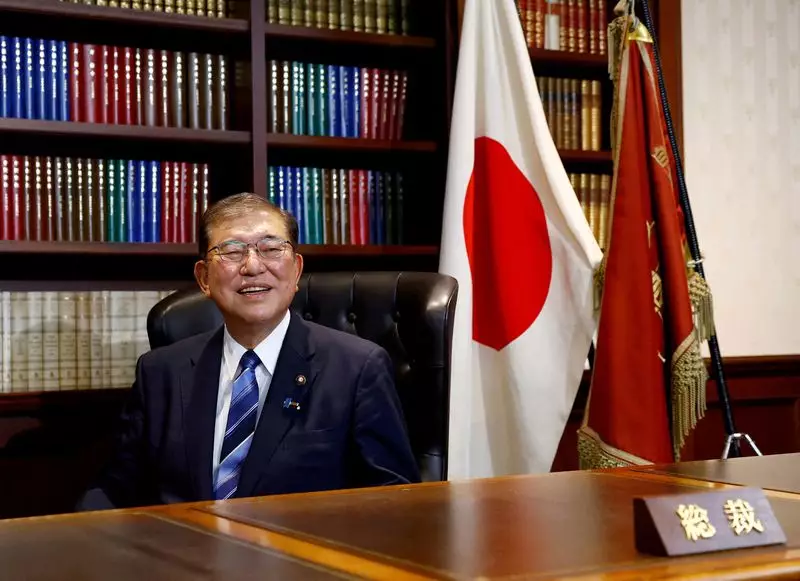As Japan prepares for a change in its leadership with Shigeru Ishiba stepping into the role of prime minister, the economic dialogue surrounding the country’s monetary policy is set to gain new nuance. Ishiba contended that Japan must maintain an accommodative monetary stance, a position which underscores the apprehensions surrounding the nation’s tentative economic recovery. This move signals an evolving approach as Ishiba revisits his previously critical stance toward the aggressive monetary strategies of the Bank of Japan (BOJ).
In his recent public addresses, Ishiba emphasized that the BOJ should remain steadfast in its goal of achieving price stability while maintaining close cooperation with the government. His advocacy for a supportive monetary policy could signal a pragmatic pivot, wherein he aligns with current economic realities. His comments suggest that he recognizes the delicate balance between the need for low borrowing costs to stimulate growth and the existential challenge of inflation that has remained precariously low.
Ishiba’s economic strategy does not solely center on monetary policy; it also includes a proactive fiscal plan aimed at alleviating the financial burdens faced by low-income households as living costs soar. The rising cost of living presents a complex challenge for the new administration, necessitating the implementation of policies that not only support economic recovery but also mitigate the impact on the most vulnerable citizens.
The backdrop of Ishiba’s economic outlook is the BOJ’s recent move to end negative interest rates, establishing a base borrowing rate at 0.25%. This shift represents the beginning of what could be a gradual normalization of monetary policy after years of unconventional stimulus measures. Ishiba’s cautious acceptance of potential interest rate increases is indicative of a broader consensus on the need for flexibility in responding to evolving economic signals.
Despite his supportive rhetoric, Ishiba’s caution regarding Japan’s struggle with weak consumption is noteworthy. The nation has been grappling with sluggish demand, which undermines efforts to achieve long-term economic stability. His earlier endorsement of the BOJ’s direction raises questions about the immediate implications for consumers and businesses alike. A pivot toward normalization implies that businesses must prepare for the possibility of higher borrowing costs, which could stifle investments and expansion.
Furthermore, Ishiba’s vision for economic policy revolves around not just recovery but also enhancing Japan’s industrial competitiveness in a shifting global economy. This ambition could necessitate a comprehensive approach that includes structural reforms alongside monetary and fiscal strategies, aiming to invigorate both domestic spending and export capabilities.
Shigeru Ishiba’s ascent to Japan’s prime ministership comes with a nuanced economic platform that seeks to steer the nation through its multifaceted challenges. As he grapples with the complexities of monetary policy, fiscal prudence, and the pressing need for economic revitalization, his tenure will be marked by the critical need to balance growth with stability. The success of Ishiba’s policies will ultimately rely on his ability to foster a resilient economic environment that safeguards against inflation while encouraging robust consumer confidence and investment. Japan stands at a crossroads, and the path ahead will require astute leadership and responsive governance.


Leave a Reply